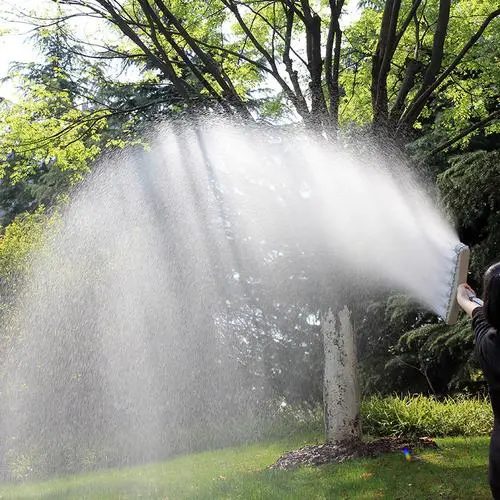Selection of water pumps for golf course irrigation system pump station
The selection of water pumps for golf course irrigation system pump stations is a process that requires comprehensive consideration of multiple factors. When selecting a water pump, it is necessary to select it based on the actual situation and needs of the golf course, combined with the performance characteristics and advantages and disadvantages of the water pump.

1. Analysis of water pump types
1) Long-axis deep well pump:
Advantages: Long-axis deep well pumps are one of the commonly used pumps in golf courses, and are favored for their high reliability, long service life, and low later maintenance costs.
2) Submersible pump:
Advantages: The motor and part or all of the pump casing of the submersible pump are immersed in water to work, so the noise is relatively low. In addition, its initial investment cost is relatively low.
3) Horizontal centrifugal pump:
Advantages: Low cost, simple maintenance, high efficiency, widely used in water supply and drainage, air conditioning and cooling circulation systems of construction projects.
4) Vertical multi-stage centrifugal pump:
Advantages: Small footprint.
2. Selection recommendations
According to the specific situation and needs of the golf course, comprehensively consider the flow rate, head, noise, footprint and other factors of the water pump, and select the most suitable water pump type.
If the golf course has high requirements for noise, it is recommended to choose a submersible pump or a horizontal centrifugal pump (take corresponding measures in noise control).
If the stadium has strict requirements on the floor space, you can choose a vertical multi-stage centrifugal pump or a submersible pump (on the premise of meeting the flow and head requirements).
Consider the maintenance cost and service life of the water pump, and choose a water pump type with high reliability and low maintenance cost.
3. Determination of specific parameters
1) Flow: Calculate the required water pump flow according to the irrigation needs of the stadium and the number of sprinklers, flow and other parameters.
2) Head: Determine the water pump head based on the height difference between the water source and the irrigation area, pipeline loss and other factors.
3) Power: Calculate the required water pump power based on the flow and head, and select it in combination with the grid conditions and equipment requirements.




